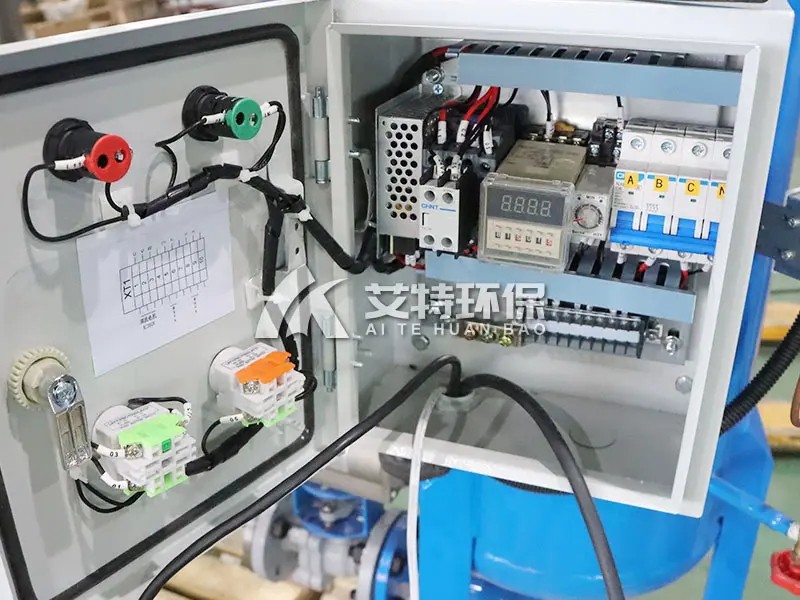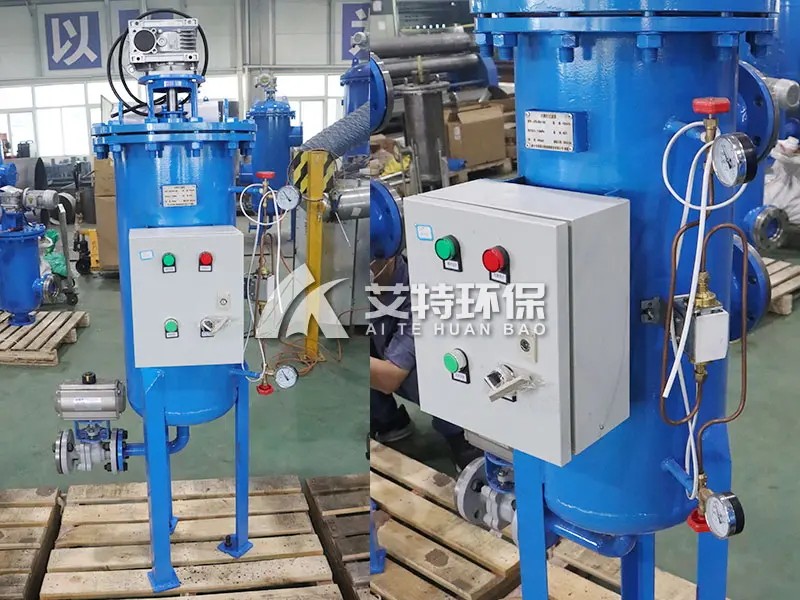Power plants will produce electroplating wastewater in the process of manufacturing, and these wastewater will contain various impurities. These wastewaters need to be treated before they can be discharged. Therefore, a self-cleaning filter needs to be used before discharge, which can filter well these particulate impurities.

The main classification of electroplating wastewater:
1. Chromium-containing wastewater: hexavalent chromium is mainly treated by reduction.
2. Cyanide-containing wastewater: mainly for cyanide-breaking treatment.
3. Other waste water: including copper, nickel, zinc, etc.
The high water consumption in electroplating production and the pollution of the water environment by the discharged heavy metals restrict the sustainable development of the electroplating industry. The cost of traditional electroplating wastewater treatment technology is too high, and heavy metals are not recovered and discharged into the water body, which is easy to cause harm to organisms. The fully automatic self-cleaning filter can recycle water and heavy metals, and the electroplating wastewater treated by the fully automatic self-cleaning filter can achieve "zero discharge" and "micro discharge" of heavy metals, which can greatly reduce production costs.

The automatic self-cleaning filter electroplating wastewater treatment process has the characteristics of stable effluent quality, low operating cost, small footprint and long service life. The application of the automatic self-cleaning filter treats and rationally utilizes the hydrolyzed acidified sewage.

The automatic self-cleaning filter for electroplating wastewater that is difficult to treat has achieved great success, and the electroplating wastewater treated by the automatic self-cleaning filter can be recycled, which not only solves the problem of electroplating wastewater discharge for enterprises, but also improves the efficiency of enterprises. In one fell swoop, a lot of results have been achieved.